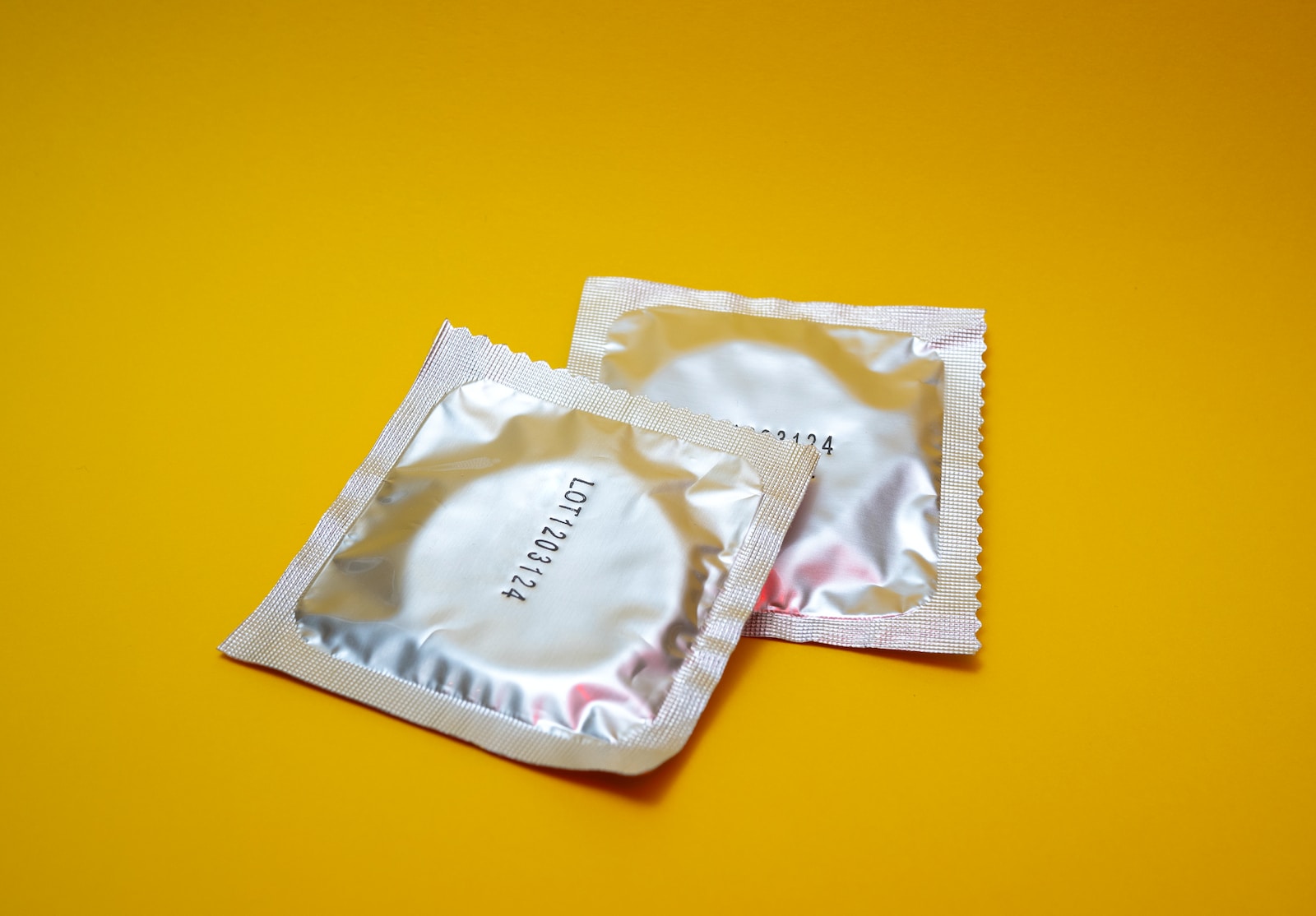A condom with an expiration date on it will still be effective if you find it in its box and it’s not ripped, cracked, or otherwise damaged. But it isn’t a good idea to use an expired condom during oral or penetrative sex.
Over time, condom materials like latex and polyurethane degrade and become brittle. Natural condoms made of lambskin have a shorter lifespan and don’t protect against STIs.
1. They become brittle
Over time, condom materials (like latex and polyurethane) degrade, becoming brittle. This makes it easier for the condom to tear or break, which could leave you and your partner vulnerable to STIs or unintended pregnancy, says Nerys Benfield, MD, MPH, a gynecologist from Albert Einstein College of Medicine, Montefiore Medical Center.
Expired condoms may also feel rough or scratchy against the skin, and this can lead to discomfort or pain during sex. The degrading material can also lead to a chemical breakdown that leads to an unpleasant smell or taste. If you notice any of these things, it’s best to skip using the condom and find another one that’s still fresh.
Even if the condom isn’t expired and looks like it’s in good condition, the expiration date is still important. If the condom has a stamp with a string of numbers that corresponds to a future date, it’s likely past its prime.
It’s best to stick with a condom that’s still within its recommended lifespan. Using an expired condom can increase your risk of STIs and unintended pregnancy, so it’s not worth the extra risks. If you’re not sure if a condom is safe to use, ask your doctor or midwife for advice.
2. They lose their lubrication
Using expired condoms can put you at risk of unintended pregnancy and sexually transmitted infections (STIs). In addition, if a condom is past its prime, it’s drier and less flexible. This can make it easier for sperm to slip through. It’s also more likely to have teeny tears or holes that may not be immediately obvious.
Even if you see the date stamp on the package, check the condom carefully for any holes or damage before using it. If it feels dry or brittle, smells foul, or has a tear in the wrapper, follow the adage, “When in doubt, toss it out.”
Generally speaking, latex and polyisoprene condoms last about three years if they’re stored in a cool, dark place. However, the lifespan of a condom depends on how it’s stored, as well as whether or not spermicide and other additives are present. Condoms that are stored in high temperatures or near a radiator can lose their elasticity and break after only a few months. That’s why it’s important to regularly check the expiration date and keep a safe supply of birth control handy at all times. For the best results, store condoms in a drawer in your bedroom or nightstand. Keeping them away from extreme heat and sunlight will also help prolong their life. For more information on safe condom storage, click here.
3. They break
A condom can break a number of ways, including if it’s too dry or too old. Using an expired condom that breaks or tears during sex means you’re not protected from unintended pregnancy or sexually transmitted infections like HPV.
Even a condom that doesn’t expire can break if it’s stored improperly, like rubbing against keys in your pocket or leaving it on the nightstand. Those sharp objects can make the latex weak and dry, and eventually cause teeny, invisible tears or punctures in the condom that leave you vulnerable.
Whether it’s expired or not, always give any condom a visual inspection before you use it to see if there are any holes or punctures, advises gynecologist Nerys Benfield of Albert Einstein College of Medicine at Montefiore Medical Center. Also, make sure it fits properly over your erect penis and isn’t too tight or loose.
You can find a condom’s expiration date on the individual wrapper and stamped on larger packs. It’s a good idea to keep track of them so you know when they’re getting stale and toss out the old ones. In some cases, an expired condom might work better than nothing at all, especially if it’s the only one you have, but it’s not worth the risk — unless you have no other options and are desperate for sex.
4. They smell
Expired condoms are a little like a deceased loved one — they get a little groggy, lose some of their personality and then they just need to be put out to pasture. An expired condom is no longer an effective barrier between your body and your partner’s, which means you could get an infection or become pregnant.
In addition to being less flexible, a condom that has passed its expiration date can also develop tiny tears in the material. When this happens, the lubrication becomes a bit dry and it’s less effective at preventing sperm from reaching an egg and STI transmission.
Most condoms have a shelf life of up to five years, but the actual date is printed on both the box and each individual condom wrapper. Generally, it will be something like 2022-10. Using expired condoms can increase your chances of getting an STD or unintended pregnancy, but it is better to use them than not at all.
Keeping a stock of fresh condoms at home and checking the expiration dates regularly is key to avoiding STDs, unintended pregnancy and other health issues. If you have a condom that’s about to expire, don’t be afraid to rely on it for safe sex, but if it looks and feels dry, has a foul odor or is sticky, then a new condom should be used.

